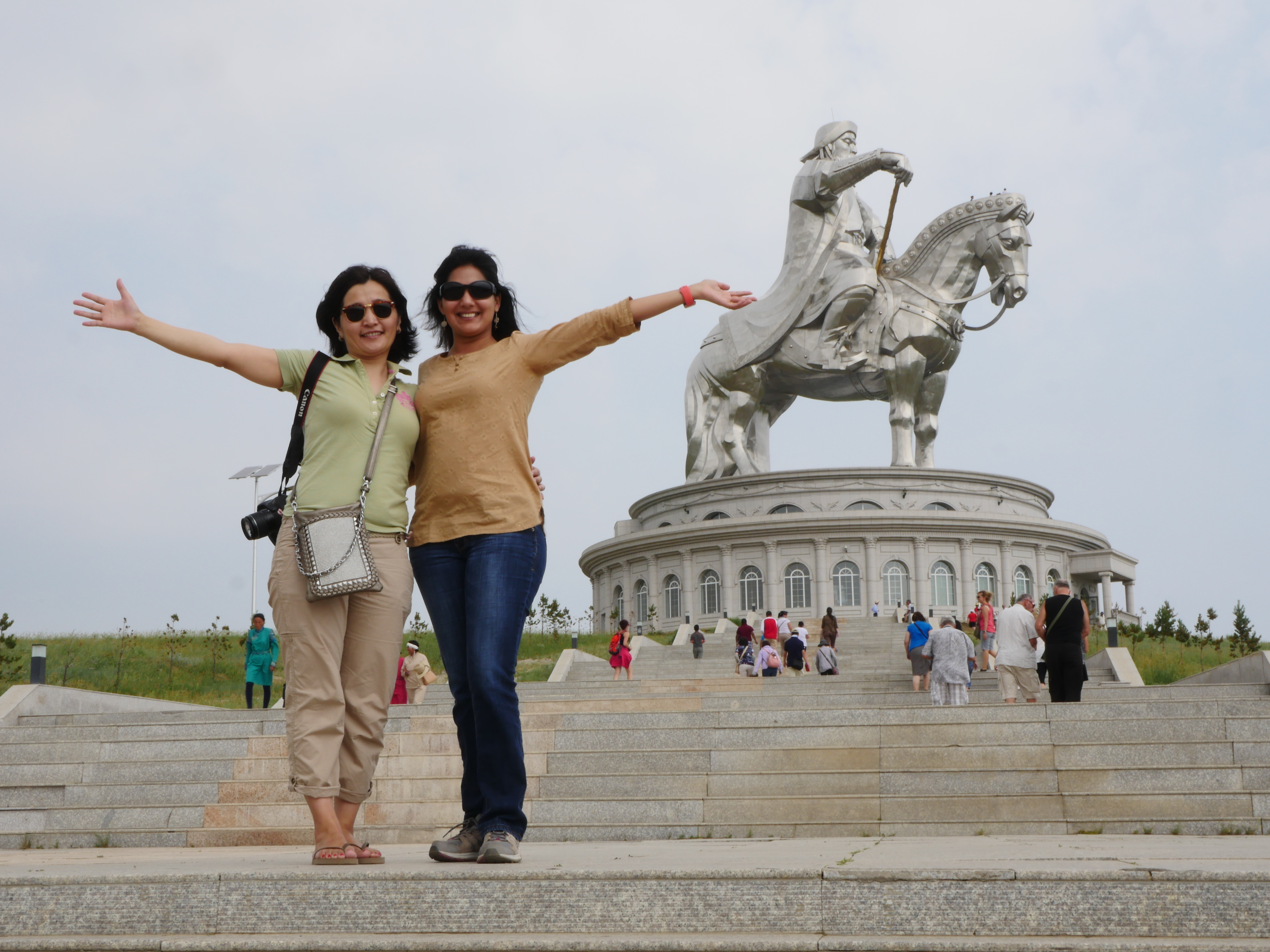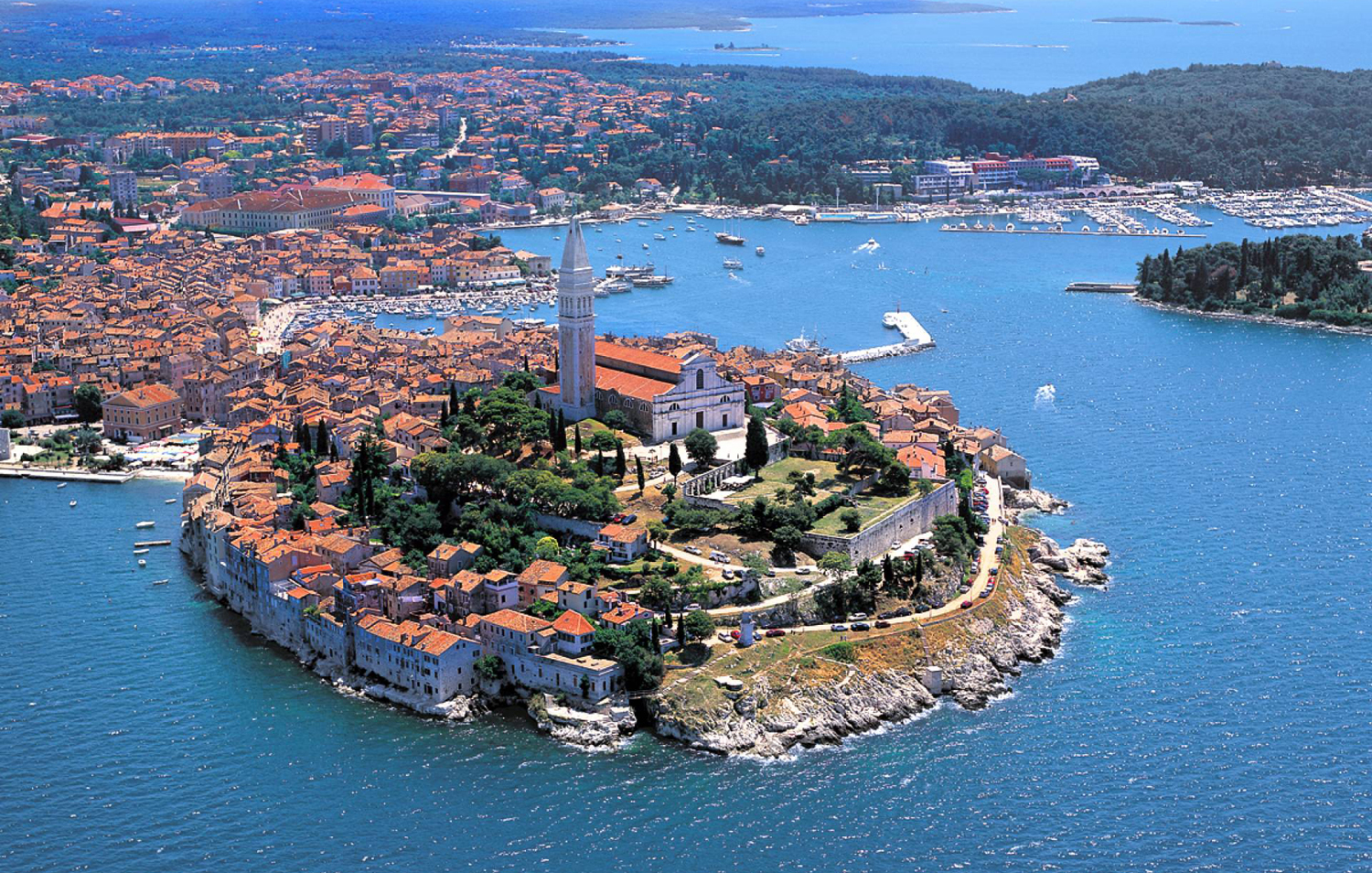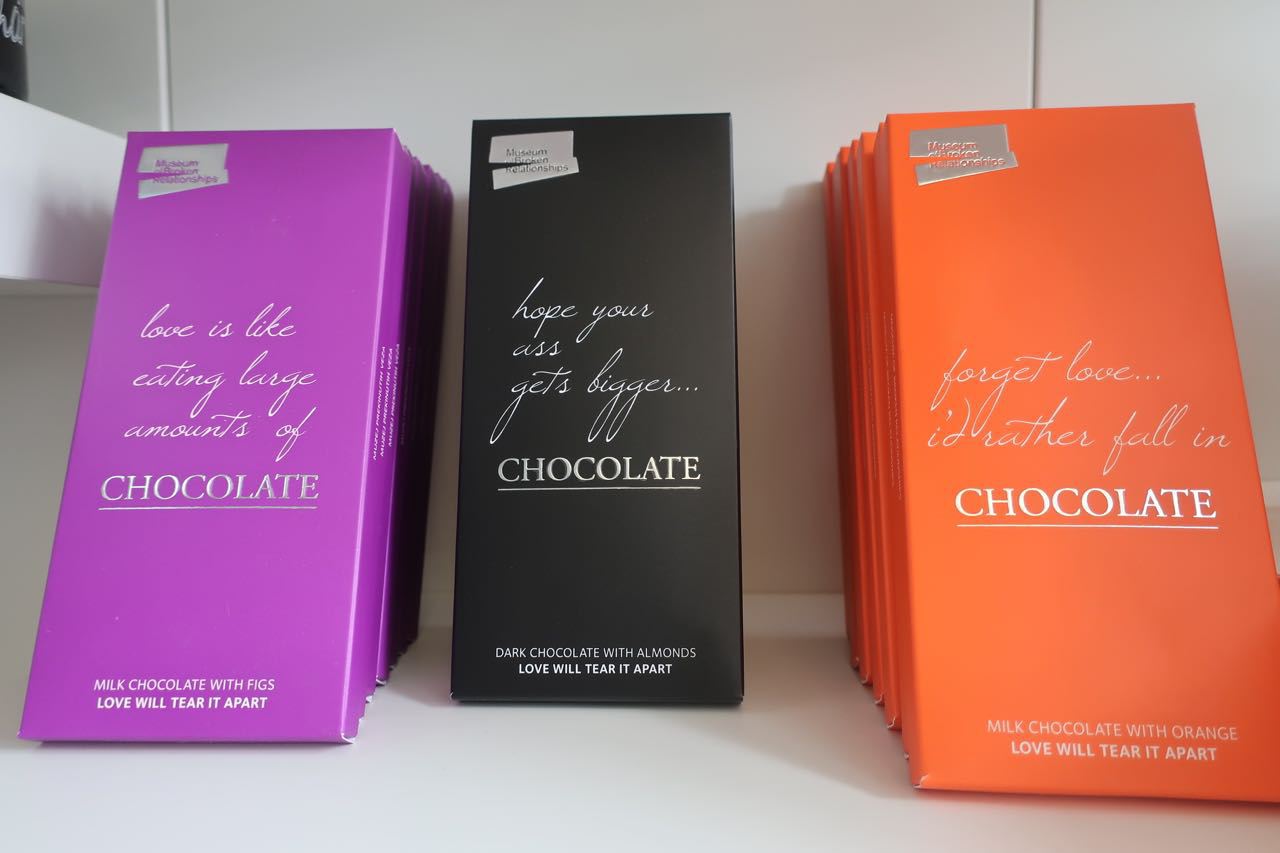
As we celebrate International Women’s Day, I want to especially recognize women in travel. Travel is a powerful tool that helps women become independent, gain self-confidence, empower, be economically and socially impactful. Over the years, I have met countless women who worked in the tourism ministry, as travel agents, tour guides, and more. Here are […]

When you think of good quality olive oils which countries come to mind – Italy or Spain? But did you know Croatia is emerging as the best olive-growing region in the world? Total Croatia News reported that Flos Olei, the first and most respected guide to the best olive oils in the world premiered their […]

During the 10 days I spent in Croatia, I ate about 10,000 calories worth of wine, pastries, pasta and seafood per day! I know you are thinking, Where does the food go? I actually walked about 10 miles a day through historic squares, cobblestone streets and parks filled with spring flowers, so everything evened out! While its […]

The Museum of Broken Relationships in Zagreb, Croatia, is by far the most unique museum I have ever been to. Unlike other museums, it doesn’t carry any antiques, jewels or historic remanences. Instead, it displays items donated by patrons from all over the world that hold symbolic value to them personally. A Personal Connection After realizing heartbreak, […]